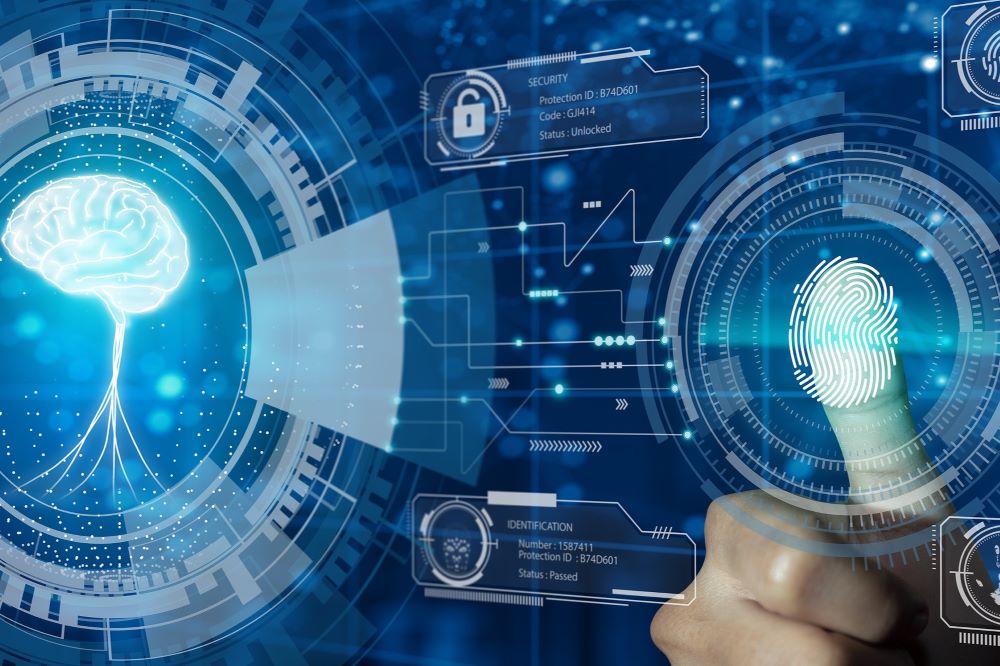Artificial intelligence (AI) has been newsworthy in our recent, 24/7 news cycles. Will AI harm us? Will AI eliminate human jobs, or provide shelter, food, and clothing so humans need not work? Some suggest that AI may turn against humans. You can rest easy; we will not go into those issues. Instead, we will focus on intellectual property, and specifically for this commentary, patent law. Recently, AI has placed inventorship, a basic tenet of the U.S. patent system, under scrutiny.
CAN AI, A NON-HUMAN THING CREATED BY HUMANS, BE AN “INVENTOR”?
To answer this question, one must look at the foundation that gave rise to the U.S. patent system and its purpose. In the United States, both patent and copyright law are rooted in the Constitution. Article I, Section 8, Clause 8, provides “The Congress shall have Power… To promote the Progress of Science and useful Arts, by securing for limited Times to Authors and Inventors the exclusive Right to their respective Writings and Discoveries.” (Intellectual Property Clause).
Strikingly, the Intellectual Property Clause does not state that Congress shall have the power to promote the progress of science and useful arts by creating a patent and a copyright system. If it did, there would be no human aspect. Instead, the Intellectual Property Clause was written to protect the creative works of authors and inventors. It is these words, “authors and inventors” that forms the basis of the U.S. patent and copyright system.
Thus far, U.S. courts have not recognized AI as an inventor for patent purposes or an author for copyrightable works, although the reasoning for these decisions does not directly address the wording of the Intellectual Property Clause. Instead, the decisions focus more on the interpretation of existing patent and copyright statutes.
WHAT ABOUT AROUND THE WORLD?
Although other patent systems have not recognized AI as an inventor, the pathway to this result has not been as straightforward as it was for the U.S. For example, the European Patent Convention (EPC) (October 7, 1977), created the European Patent Organization (EPO). The EPC must take into account the foundational aspects of each country’s individual patent system. The EPC, like the U.S. patent system, was created to promote innovation and technological progress while protecting inventors and organizations. However, the EPC may also be interpreted by the Implementing Regulations to the EPC, the Board of Appeal of the EPO, the Administrative Council of the EPO, and to some extent the Patent Cooperation Treaty (PCT).
Thus far, the EPO has ruled that an AI system cannot be listed as an inventor and the inventor must be a natural person. In the often-cited EPO decision, DABUS (Case J 08/20 and J 09/20), the EPO ruled that AI systems cannot be named as an inventor even when a human is named as a co-inventor.
In Australia, the Patent Act of 1990 states that an invention may only be granted to the inventor, while not defining an inventor as being a human. Recently (2021), The Federal Court of Australia overturned a decision by the Australian Patent Office (APO) rejec- ting AI as an inventor, concluding that AI can be an inventor. However, on appeal by the (APO), the Full Federal Court of Australia overturned the original ruling deciding that an inventor must be a natural person. The case is awaiting potential review by the High Court of Australia.
Needless to say, whether AI can be named as an “inventor” is still ambiguous in the global environment. But maybe we should ask Chat GPT what it “thinks” about this issue.










